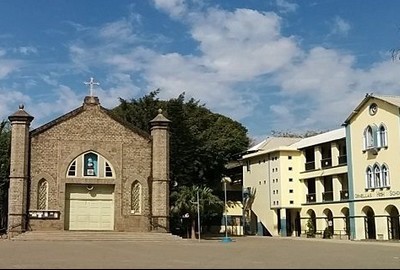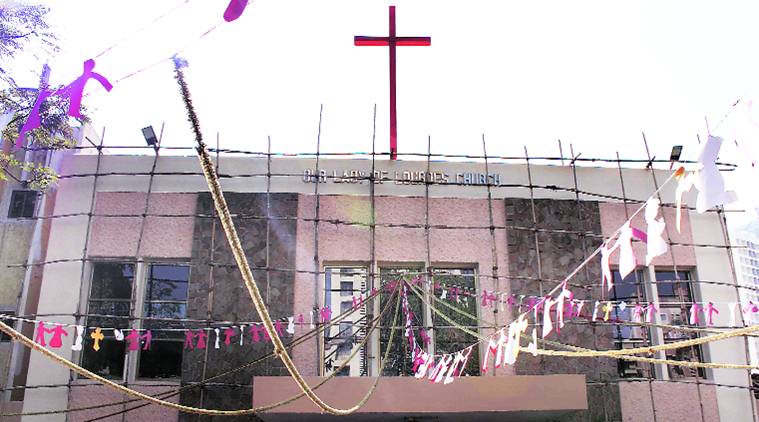Article from The Times of India
Oldest church to celebrate 225 years of service
TNN | Dec 8, 2016, 12.37 AM IST
PUNE: The Immaculate Conception Church, often known as the mother church of the Deccan, is set to celebrate 225 years of its existence from Thursday. The year-long festivities would begin on Thursday with a tableau and a live hymn band.
A look through the city’s history books reveals a fascinating array of land deals that went through before the church was constructed in the early 1790s.
Unlike most churches in the city Catholic or Protestant the City Church, of the Catholic sect, was thought of by Portuguese officer Dom Minguel de Noronha in the army of Peshwa Madhavrao.
Historians believe Dom Minguel de Noronha was possibly hired by Madhavrao Peshwa to strengthen his army. To show his appreciation for the Portuguese servicemen in his army, Madhavrao gave a parcel of land in the Quarter Gate area of the city, right at the edge of the Pune Cantonment, in 1791.
The church’s first services began on December 8, 1792. Today, the church offers services in English, Konkani, and Marathi, and most of its congregation are ethnic Goan or Mangalorean Catholics. The structure itself has gone through many changes over the years, including the addition of a school almost a century after the church congregated. Quite a lot of the original structure, however, is still standing tall.
“The inner halls and altar have mostly changed since the church’s establishment. But about half the building is probably 225 years old, which is the age of this church. We manage to keep this structure up using donations from our parishioners,” Rev Fr Salvador Pinto, the parish priest at the City Church, said.
The celebrations will be on till December 8, 2017. During this period, the church authorities have planned various charitable activities and feasts. The statue of Mother Mary is scheduled to go to various localities across the city and will return to the church only on November 28 next year.
“For Thursday, we have organised a tableau, where children will perform and depict the forming of the church over the years. There will also be a live band to sing hymns,” parishioner Elizabeth Coutinho said.





